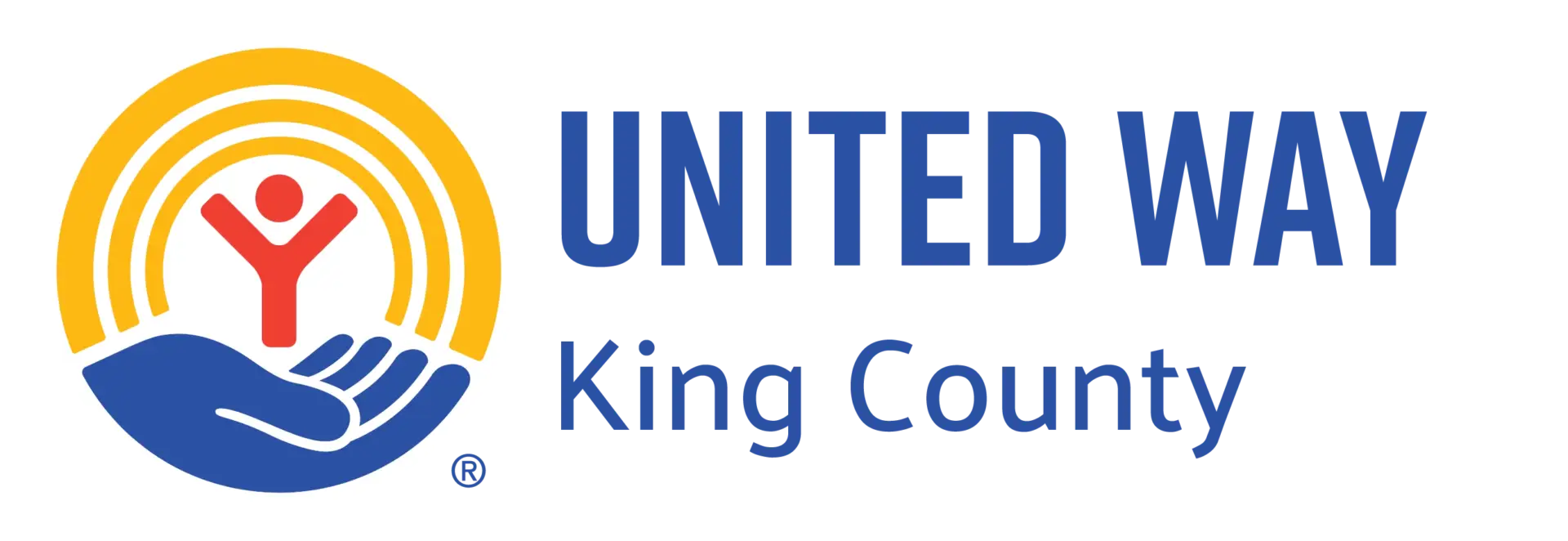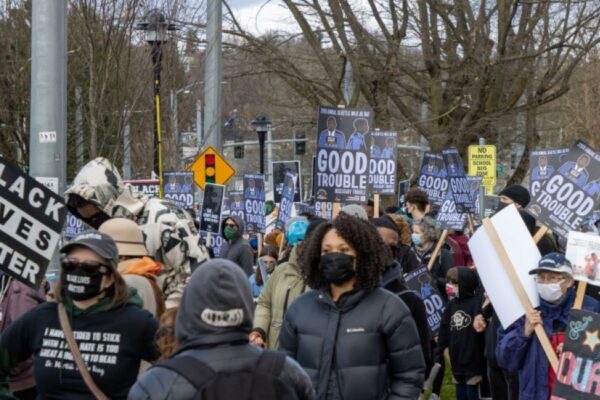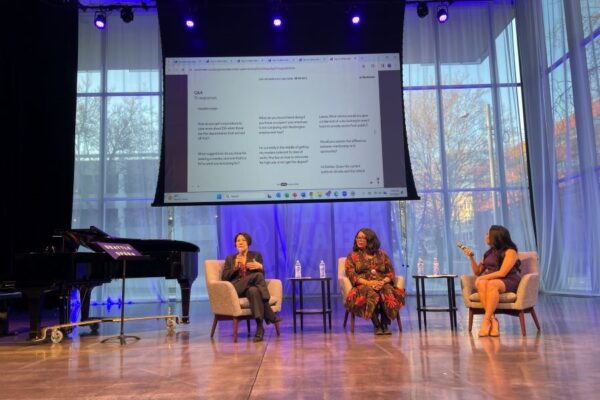Native American Heritage Month Is Opportunity To Change Narrative
National Native American Heritage Month, which was approved in a resolution by President George H.W. Bush in 1990, is an opportunity to learn about Indigenous people and uplift Indigenous history, cultures and ways of life. President Bush in 1990 also approved a resolution for Native American Heritage Day, which occurs the day after Thanksgiving.
At United Way of King County, we always acknowledge the presence of Indigenous groups who once lived on the land we now occupy. On our website and in our meetings, we acknowledge that we work on the unceded traditional land of the Coast Salish peoples—particularly the first people of Seattle, the Duwamish Tribe.
This month we’ve invited Susan Balbas (Cherokee/Yaqui), executive director of Na’ah Illahee Fund, to pen a guest blog about Native American Heritage Month. Na’ah Illahee Fund is an Indigenous women-led organization dedicated to the ongoing regeneration of Indigenous communities. The organization is a member of the Indigenous Communities Fund, a group of organizations that have received United Way funding to address COVID-19’s impact and other issues in their communities, with minimal reporting requirements and autonomy to disperse revenue where it is needed most.
Recently, my granddaughter called, and during our conversation, she told me that her high school history teacher instructed the class on the first day that they needed to feel compassion and sorrow for Native people because they’re gone now.
This might strike readers of this blog post as an uninformed or inexcusably ignorant statement, but for Native people, it’s an all-too-familiar misconception. Because the truth is that for generations upon generations, Native communities in the United States have suffered from disinvestment, broken treaty promises, discrimination, marginalization or outright erasure by the dominant society. They have had their lands stolen and their traditional lifeways nearly destroyed.
When I was asked to write something about Native American Heritage Month, one of my first thoughts was that I work every day for the time when a month like this isn’t needed.

Yes, it’s an opportunity for Native groups and communities to change the narrative about Native people and dispel some of the myths and stereotypes that many people have about Native folks. It’s a chance to increase the visibility of Native communities and showcase the rich diversity of our cultures.
But I would ask you this—if you spend time reflecting upon Native American Heritage Month, start by asking why this month is even necessary in the first place.
There is a long history in the United States of attempting to erase Indigenous peoples, and it’s not even ancient history. It wasn’t until 1924 that American Indians were granted full citizenship and could participate in a legal system that had already robbed them of their homelands. There were many tools that European settlers—and later, the United States government—used to take Native lands. There was direct warfare and outright theft, of course. But there were also a number of federal Indian policies that reallocated Native lands and created the reservation system.
Native people continue to suffer from the impacts of these policies.

At Na’ah Illahee Fund, where I serve as executive director, we work every day to counter the persistent and ongoing effects of colonization on our communities. Whether it’s through training cohorts of promising Native American leaders or providing financial support to Native communities as they build independent and flourishing Indigenous food systems, teach traditional lifeways to the next generation, increase access to traditional medicines, build Indigenous-led green energy infrastructure—and more—we are investing in the strength and sovereignty of our communities.
We are doing our part to rebuild regenerative economies as an alternative to the extractive capitalist economy that has left us and Mother Earth in an increasingly precarious position. We are trying to recover and restore traditional ways developed over millennia to heal the land and live in a continuous cycle of reciprocity and renewal with all our relatives, including our non-human kin.
Here in King County, the Native community still faces invisibility and erasure by assimilation and isolation. The Indian Relocation Act of 1956 encouraged Native Americans to leave reservations for urban areas, where it was promised they would receive help with vocational training, housing and other services, with the goal that they would assimilate into the general population.
Many of these promises remain unfulfilled to this day, yet approximately 70 percent of Native Americans nationwide currently make their homes in urban areas. There, they are often separated from their families and tribes, missing out on the important cultural activities that bind Native communities.
For the past several years, the staff at Na’ah Illahee Fund has nurtured a vision for lands that displaced Native people can call their own. The result is the E’lip Tilikum (First Peoples) Land Conservancy, the first-ever Native land conservancy in the Pacific Northwest. The conservancy would serve as an alternative to centuries of dislocation, displacement, and enforced disconnection from Mother Earth by returning land to the stewardship and guidance of Indigenous communities.
Native people … want a place to share their skills and gifts with each other, to participate in cultural activities, to learn from elders and to teach their children.
Susan Balbas, executive director, Na’ah Illahee Fund
At the heart of this vision is the Native Neighborhood, where urban Natives would feel a sense of community and belonging, and where they could live happy, healthy and self-determined lives.
Recently, Na’ah Illahee Fund collaborated with the the sləp̓iləbəxʷ (Rising Tides) Indigenous Planning Group to complete the Native Neighborhood Community Study. In all, 768 relatives responded to the survey, providing a clear window into the dreams, desires and needs of the Seattle area urban Native community.
One thing that’s apparent from the survey is that Native people in King County are eager for a place to call their own. They want access to green spaces, to traditional foods and medicines and cultural lifeways. They want a place to share their skills and gifts with each other, to participate in cultural activities, to learn from elders and to teach their children. They want a place where they don’t have to walk in two worlds but can walk safely in just one.
The urban Native community in King County is diverse and strong. Native individuals participate in every aspect of civic life and excel in many professions, sometimes despite substantial challenges. They are largely integrated and woven into the fabric of urban life. Yet they also desire to honor and celebrate their heritage, practice traditional ways and nurture connections within the urban Native community.
Someday it’s possible that Native American Heritage Month will no longer be needed, that the contributions and accomplishments of Native Americans will be recognized and celebrated—and invested in—all year long.





Comments